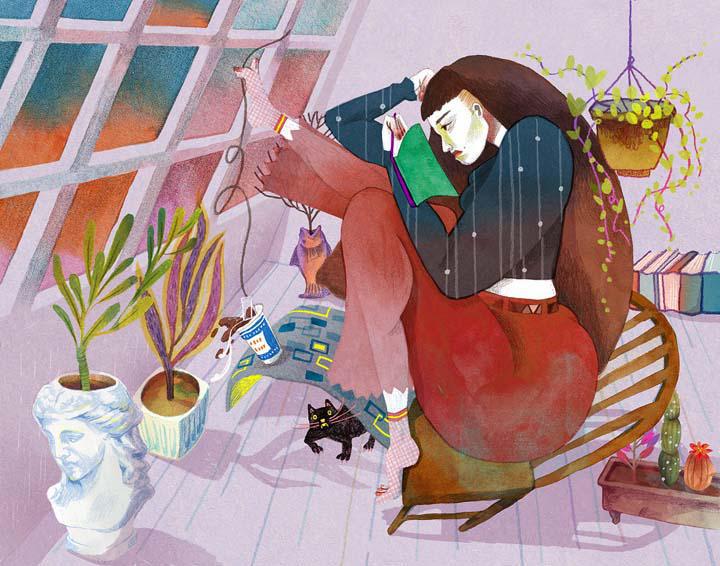When is the Art Finished?
The artist Interview—whether a Proustian Q&A; a workspace story; an exploration of the role of bookcases; or the current In the Studio With series—has long been a summer feature in DART. These stories delve into choices about life and work at the most personal level. One of my favorite questions: How do you know when the art is finished—or to stop working on it, is, at its core, an exploration of artistic freedom. Some recent replies follow. Above: Art by David Cruz
David Cruz: For me, the work is like a campfire: At the beginning it needs a lot of energy, strength and freedom and as you go forward you realize that the wind is enough to keep it going, since its flame is very strong and charged with energy. By the time you get to the end, force is no longer necessary. However, there are many pieces for which I like to re-ignite the fire.
Sena Kwon: I feel my work is about to end when I start removing components from the layout and making more space. Most of my works are highly detailed, and it took me a long time to notice that my work looks better with some empty space.

Vivienne Flesher: If it’s for myself I understand how the art makes me feel and internally know when it’s done. As for an illustration, that depends; sometimes I run out of time—so it better be finished. Sometimes, at that point, it too feels finished: I know have done my best, and I just hope the client feels that way too.

Alexandria Olivia Hall: If I feel like I’m approaching the finish line I will take a break for a few hours and come back into the studio to take another look. I instantly know by looking at the piece if there is something I’d like to change. I consider things completely done when I walk back into work, look at the piece, and get filled with excitement rather than pinpointing a change.
Giovanni Alberti: For me, the work is done when there is nothing I would remove or add. And this has to happen whether I look at the image from a distance or up close. It may also happen that it is not finished, but I understand that I have to stop. In this case, I let some time pass before I look at it and figure out how to proceed. Obviously, this situation changes a bit when working with a deadline and the supervision of an Art Director. But I think it can be very stimulating to receive feedback, because it is possible to discover different aspects of the work to make the image more effective.
David Bonazzi: I don’t have a regular method. I think the most important thing is to avoid any collateral kind of stress, staying focused but rest as much as I can, conserve my strength, listen to good music. Someone much wiser than I once told me that relaxing is an important aspect of work.

Daniel Baxter: I drive myself bonkers with this question. I struggle a lot, especially with digital illustrations. In terms of color and patterns, there are too many possibilities to choose from, making it difficult to settle on an obvious solution. I contemplate abandoning Photoshop and Illustrator programs, and going back to strictly traditional work (which has some built-in limitations).
Dominic Bodden: I know it’s done when it sings! There is always a point when all the elements come together and the whole illustration comes to life. It’s a magical moment.
DARTinterview







